Cromwell v Challenger 2
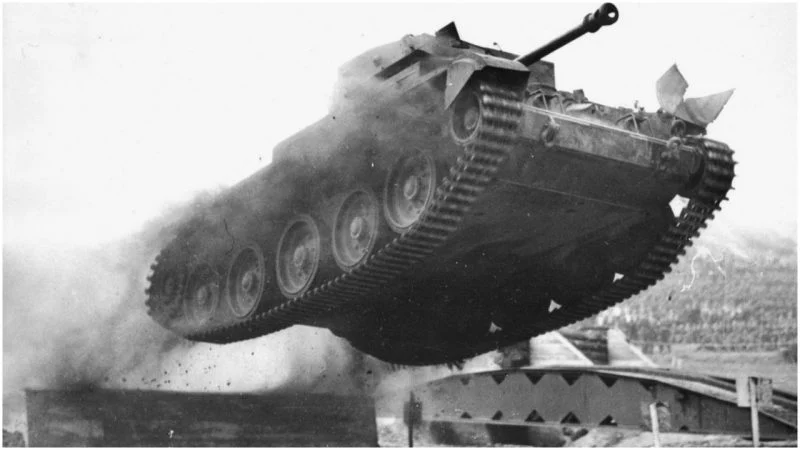
British engineers had led the way in tank design in World War One, and have consistently built top class tanks. They brought the world the Centurion in the late 1940s, followed by the Chieftain in the 1960s and then the Challenger 1 in the 70s,
In the 1930s, British tank doctrine was for cruiser class tanks to replace the role of cavalry in combat. Designed for speed, they would exploit gaps in the enemies line with speed and numbers to swarm opponents.
With this design philosophy in mind, the roots of the Cromwell tank started in 1938 with the Cruiser Mk III.
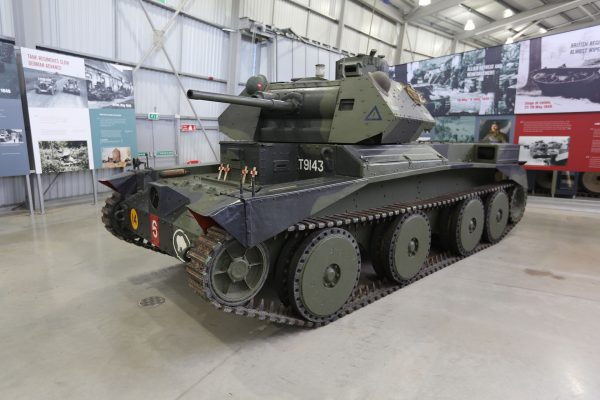
The Mk III was the first British vehicle to use Christie suspension. Christie suspension increased off road performance drastically by increasing the amount the wheel can travel, perfect for the cruiser role and would feature on all cruisers during the war.
Come 1941, with the world in chaos, Britain’s cruiser line had reached the Mk VI Crusader, and was rapidly becoming obsolete.
In April of that year, a Crusader was tested with the new Meteor engine, a derivative of the Merlin engine in the Spitfire. The Crusader stunned the engineers when it hit an estimated 50 mph in the test. The British had just found their new tank power plant.
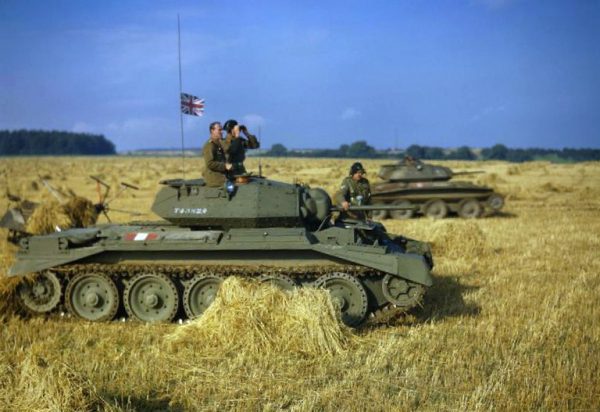
The first tank to use this engine would be the latest cruiser, the A27m Cromwell, and was essentially built around it. The Cromwell suffered plenty of setbacks in its design phase, mainly due to a lack of Meteor engines. It only made it to the front lines in 1944, just in time for D-Day.
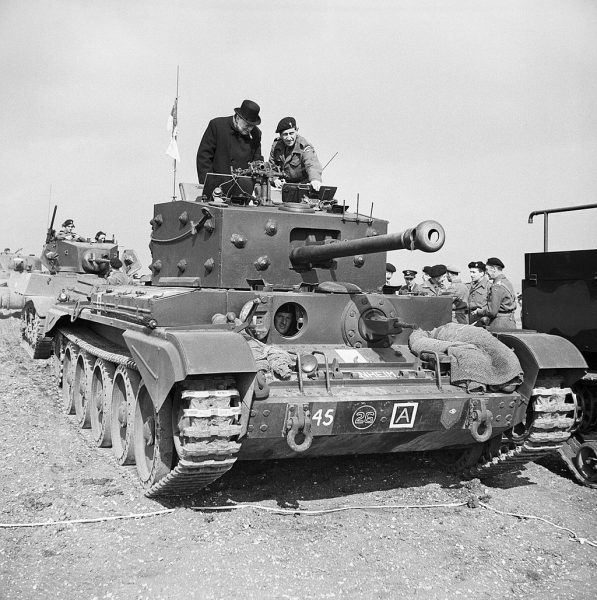
The Challenger 2 is Britain’s current main battle tank (MBT). Initially designed in 1986 by Vickers Defence Systems it was introduced to replace the Challenger 1.
The Challenger 2 used the basic hull from the previous vehicle, but almost everything else was designed from scratch. The government was offered the option to purchase Abrams tanks from the US, but opted with their own domestic design. It was accepted into service with Britain in 1998.
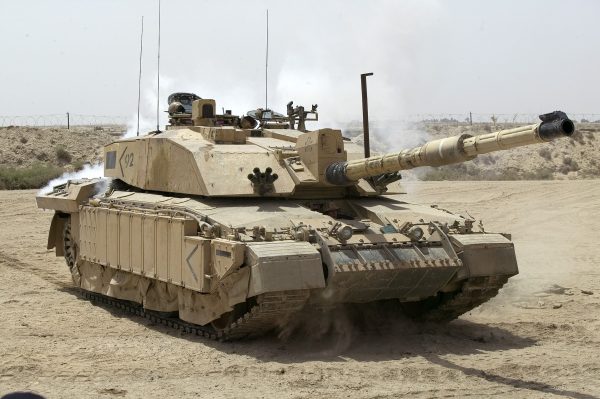
While the Challenger and Cromwell are clearly technologically light years apart, they have more surprising similarities than you might guess.
Armour
The Cromwell’s armour protection, even for the time, was adequate at best. It provided enough to deal with the most common threats, but against larger anti tank guns, it stood no chance. It was also completely flat, losing the benefits offered by sloped armour.
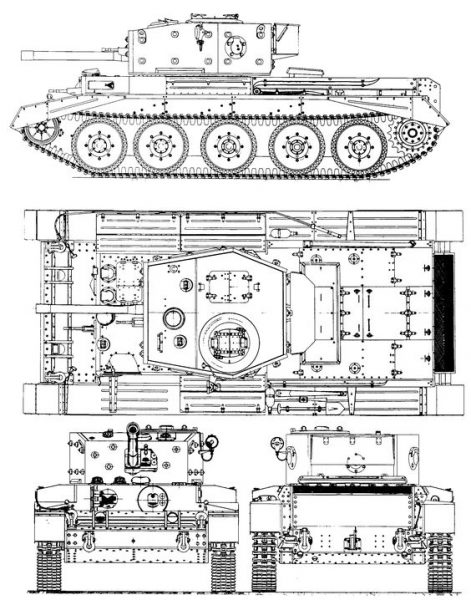
The thickest areas, on the frontal hull and turret, have 77 mm and 64 mm respectively. The hull sides are 32 mm, while the turret sides are 64 mm.
The thickest part of this armour could be pierced by a Tiger 1’s 88 mm from over 2000 metres away (although at the time most vehicles of this weight would suffer similarly to this gun).
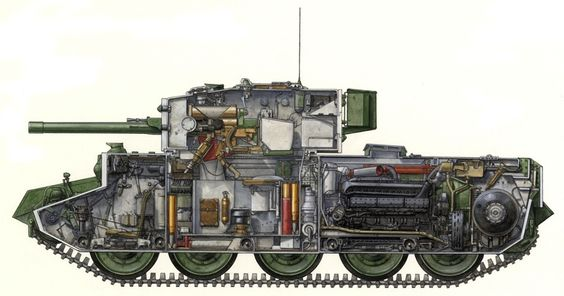
Since then, armour advancements have come a long way, and the Challenger 2 is one of the best vehicles to show that. It features Level 2 Chobham armour, a classified mixture of ceramics, metal and air gaps. This pioneering armour was designed by the British in the 1960s, and has been used on the M1 Abrams series too.
No official figures have been released on the Challenger 2’s amour capabilities, but the fact that no Challenger 2 has ever been destroyed by enemy fire speaks volumes.
A famous display of durability was in Iraq when a Challenger 2 backed into a hidden ditch, breaking the track and stranding the vehicle. The report states the tank was hit by 14 RPGs of unknown variants, but most impressively was hit by a Milan anti tank missile. These missiles are capable of defeating over 550 mm of conventional steel. The tank was later recovered and all crew survived.
Mobility
This is where, interestingly, the two are quite similar. The Cromwell is actually the faster tank, with a top speed of 40 mph on road. This is a direct result of using the Meteor engine, a 27 V12 making between 550-600 hp, coupled with the Christie suspension and Merritt Brown Z.5 gearbox. This gearbox enabled Cromwells to steer without braking or slowing down, greatly increasing performance.
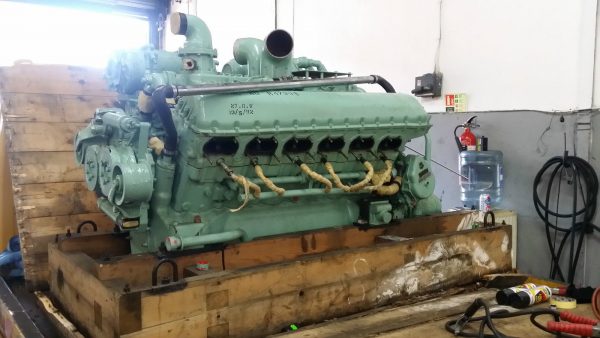
The Cromwell was loved by crews for its speed, and it was so fast that it had a tendency of throwing tracks, so later models were limited to 32 mph.
The Challenger 2 weighs almost 70 tonnes, and is not far behind at 37 mph on road.
It’s powered by the Perkins 26 L CV126A V12 twin turbo engine, pushing out 1200 hp and 3030 lb-ft of torque.
There are more similarities than just speed though. The tanks both use a V12 of nearly identical displacement, and both of these engines were originally designed by Rolls-Royce.
Not only that, but the Challenger 2’s David Brown TN54E gearbox was designed and built by the same company that designed and built the Cromwells Merit Brown Z.5 gearbox during the war.
Firepower
Comparisons between these two now stop as even for 1944, the Cromwell was under gunned.
It had a 75 mm main gun, with a 7.92 mm coaxial Besa next to the gun, and another mounted in the hull. The 75 mm ROQF gun was a bored out 6 pdr that traded armour penetration for a good HE round.
This gun’s armour piercing round could only penetrate 68 mm of armour at a distance of 460 m. This was woefully inadequate, as even the sides and rear of a Tiger 1 were 80 mm thick.
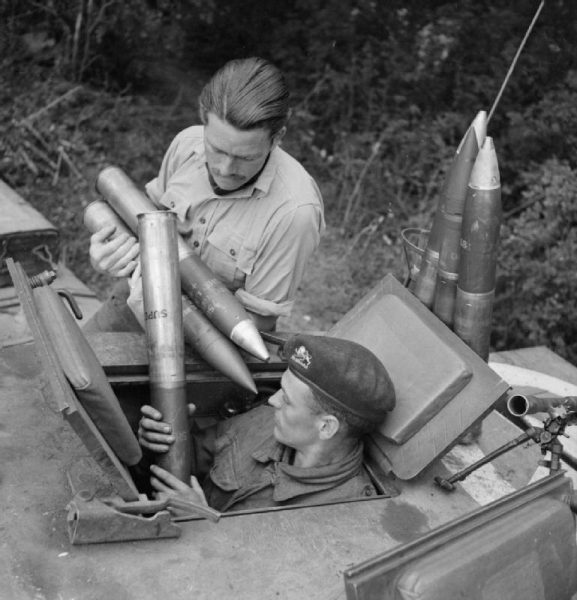
As expected from a modern MBT, the firepower is dramatically more capable. The Challenger 2 has a 120 mm L30A1 rifled gun. This gun is an improved version of the L11 on the Challenger 1, a gun credited with the longest range tank kill in history. To the left of the gun is a 7.62 mm coaxial chain gun.
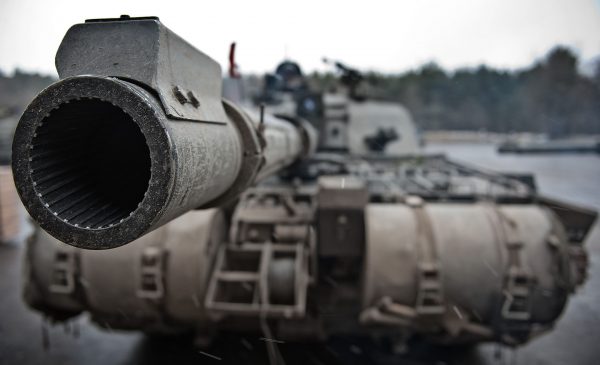
From 3000 m away, the L30A1 gun can fire the L27 armour piercing fin stabilized discarding sabot round (APFSDS) at 1675 m/s (5500 fps) and penetrate an insane 610 mm of armour.
The fire-control computer is constantly checking for variables like wind speed, atmospheric pressure, temperature, flex of the barrel, target range and speed.
It’s laser range finder can accurately provide range measurements up to 6 miles away (10km). The computer uses this information to provide the correct adjustments of the gun for the ammo type in the barrel.
Despite having 50 years between being drawn up by designers, these two tanks are not as dissimilar as one may have originally thought. The Challenger 2’s name still begins with C, a tradition set by early cruiser tanks, and there’s actually a variant of the Cromwell called Challenger that mounted a 17 pdr gun.
Another Article From Us: Sherman v Abrams
These tanks show a clear lineage of progression in British tank design. With large road wheels, powerful rear mounted engine and gearbox, acceptable armour and multipurpose gun, the Cromwell can be considered the start of the next generation jack-of-all-trades tanks that evolved into the Challenger 2 today.
